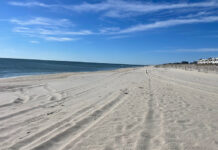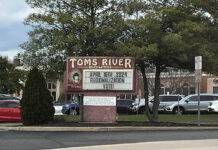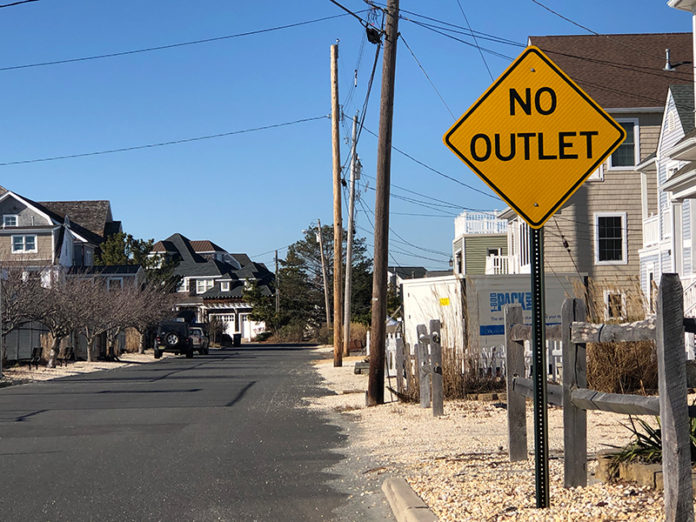
BRICK – Flooding in the township’s Normandy Beach section of the barrier island has become so bad in recent years that residents are asking for No Wake signs for their streets since passing vehicles push the water in their garages and plantings.
No Wake signs aren’t all the residents are asking for. During a recent Township Council meeting, several of them gave suggestions and asked the governing body if the Engineering Department has any plans in place to help with future flooding events.
Resident Steve Kirby said roads in the island community used to flood a handful of times each year, but now they flood 20-30 times a year, and in some areas the water gets too deep for cars to pass through on the only road that exits the community.
Residents had discussed the use of additional “flapper valves” with Township Engineer Elissa Commins, but Kirby said he doesn’t believe they will work.
Flapper valves are installed into street bulkheads on the bay that allow the water to drain outward into the bay. The valves seal on the bottom, preventing the water from reversing back into the streets.
“I think it requires a lot more thought and future planning than flapper valves, and we hope we get some in Normandy,” Kirby said.
He said the area has continuing breaches of the storm drains that makes the water even higher. Kirby said he doesn’t know if the storm drains can be closed, but suggested that the township look at selectively closing them.
Kirby said higher bulkheads could help, and suggested that every time someone needs to replace a bulkhead they should be forced to go up two or three feet.
“If you start doing that today, maybe in 50 years it will hold off what’s coming,” he said.
Kirby also suggested halting the construction of any further concrete driveways and making parking lots permeable to allow the rain to absorb. He said the township should “think outside the box” and use pumps to drain stormwater across the island and into the ocean or into a culvert.
“Normandy Beach is under siege,” Kirby said.
Barrier island resident Larry Reid said with sea level rise, 60- to 70-year-old drainage systems aren’t working.
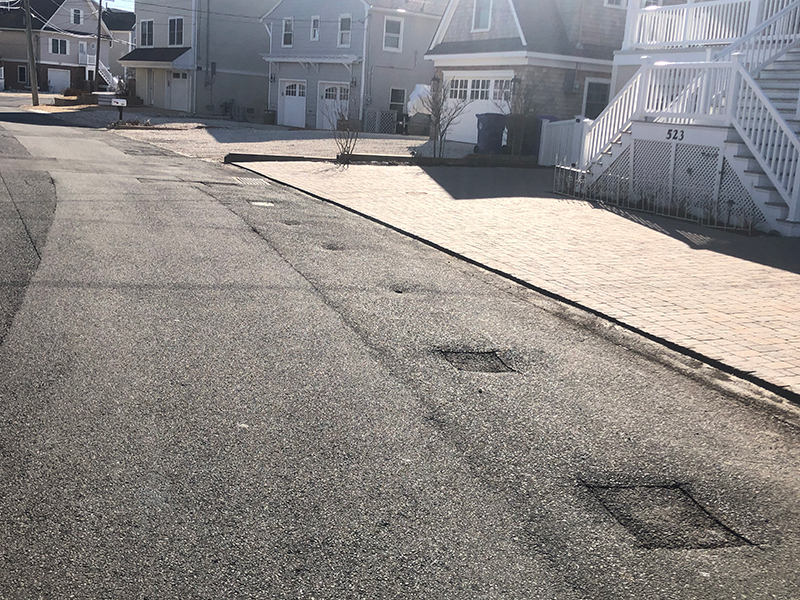
“The flapper valves have not worked in the past,” he said. “It’s kind of a Band-Aid that really doesn’t solve the problem,” he said.
Reid said the engineering department needs to raise the streets, which is what Toms River has started to do in their section of Normandy Beach.
“They raised the street, put in new catch basins, raised the curbs, and raised people’s driveways to meet the streets,” Reid said.
In the Brick section of Normandy Beach, there are 119 homes where streets flood all the time, trapping the residents there unless they are willing to ruin their cars, he said.
“The kids can’t go to school,” he said. School buses, post office trucks, and delivery trucks won’t go down the road if it’s flooded. “It’s a huge problem.”
Normandy Beach resident Marc Wipperman, who has only lived on the island full-time for the last two years, agreed that flapper valves are not sufficient.
“When friends and family visit during the holidays, we pray there won’t be a king tide that day and that they can get in and visit us,” he said.
“I certainly can appreciate that’s not something that happens overnight, but I’m very interested in finding more about the long-term plans to deal with this global crisis that we and many other people find ourselves a part of,” Wipperman said.
Township Engineer Elissa Commins said her department does not currently have plans to construct stormwater pumping stations in Normandy or on the mainland.
“The flooding issue actually isn’t stormwater related, but tidal,” she said in an email. “Pumping stations would need to be able to dewater groundwater from the earth, similar to the pumping stations of New Orleans,” she said.
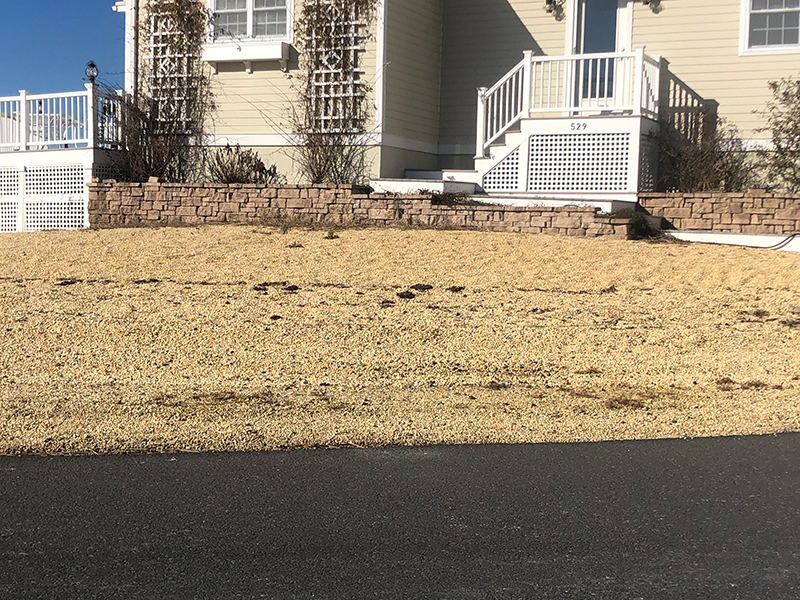
The township Engineering Department is requesting money in the 2020 Capital Budget to purchase tidal check valves for storm drainage systems in Normandy Beach and in other low-lying shore communities that experience tidal back-flow through the drainage system, Commins said.
While some of the drainage pipes in communities like Normandy do have check valves installed within them, they are submerged by the tide most of the time, and can only open to evacuate water when 50 to 75 percent of the downstream end of the pipe is exposed. They only allow for drainage of the water they hold when the tides are very low, Commins explained.
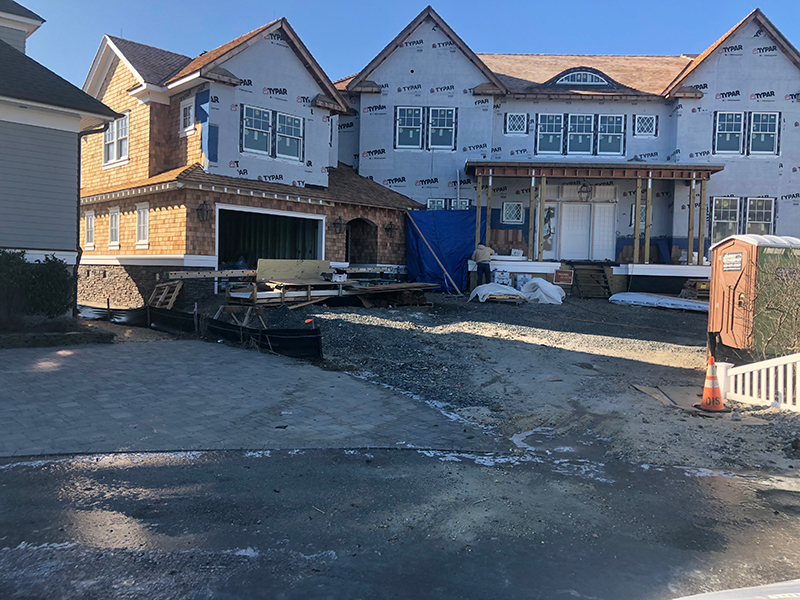
“Next year, engineering is requesting funding to try a newer valve that opens when there is as little as six inches of head differential between the water elevation in the streets and the water elevation of the bay,” she said.
The valves will help with back-flow from the changes in tidal elevation; however they will not alleviate the rise and fall of groundwater, which is also tidal in these communities, the engineer said.


